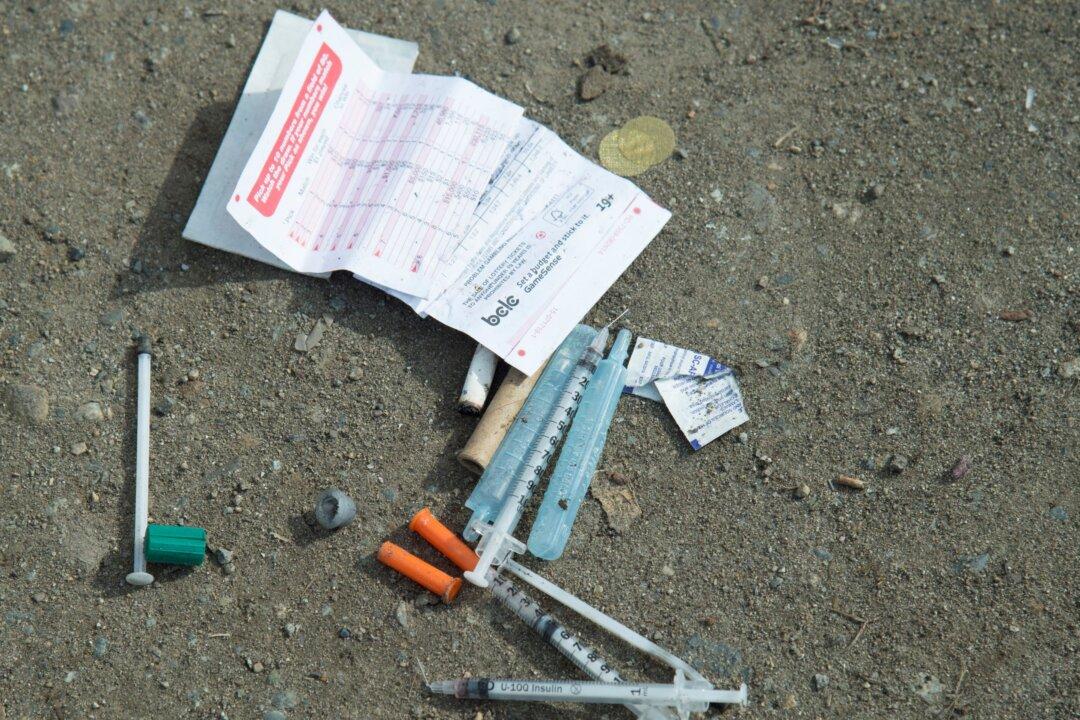Addictions experts and authorities agree that some of the government-provided “safer supply“ opioids are being diverted—that is, sold or given away to others rather than taken by the drug addicts to whom they are prescribed ”as a safer alternative to the toxic illegal drug supply.”
There’s disagreement, however, on how much is being diverted and whether it has become a gateway drug for youth to fall into opioid addiction. This contentious point is a wedge in Canada’s political and social divide on the “safer supply” approach to the overdose crisis.





